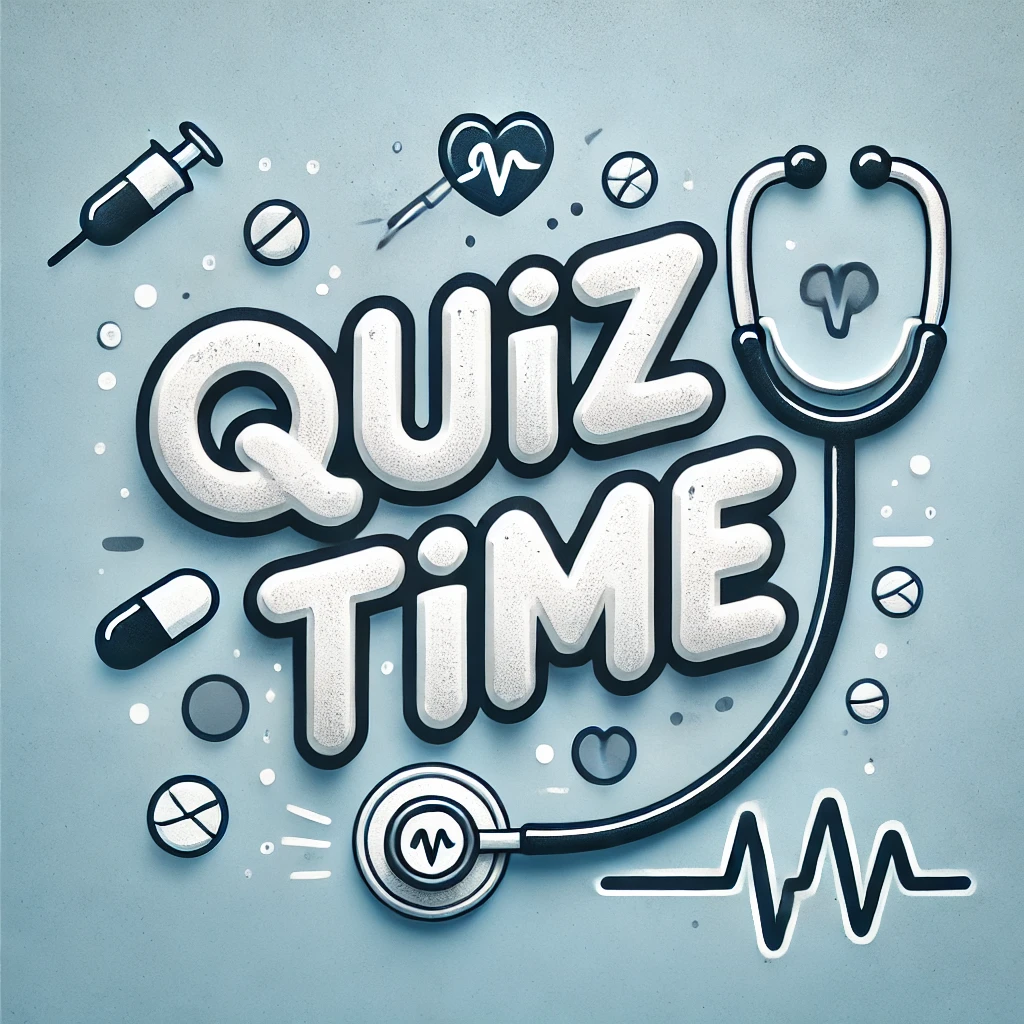A 58-year-old patient complains of gradual onset of deep, boring left eye pain and more
A 58-year-old patient presents complaining of the recent, gradual onset of deep, boring left eye pain with tearing, decreased vision, and redness over the past several days. The pain is referred to the adjacent facial and head regions, and the patient tells you that it is more severe at night and awakens him during sleep.
On examination of the external eye, you note multiple dilated vessels that cannot be moved with a cotton applicator (see Figure 1).
.png?width=396&height=268&name=image%20(74).png)
Figure 1.
The cornea and the periorbital skin are normal in appearance. Slit-lamp examination is significant for scleral edema.
The patient is most likely experiencing what condition?
- herpes zoster exacerbation
- episcleritis
- optic neuritis
- scleritis
The correct answer is:
scleritis
Educational Objective:
Recall the various causes of scleritis.
Key Point:
Scleritis is most commonly associated with a systemic immunologic disease such as rheumatoid arthritis, seronegative spondyloarthropathies, systemic lupus erythematosus, or vasculitides.
Explanation:
Scleritis is a rare inflammation of the deeper layer of the sclera, often with deep, boring pain. It tends to occur in the fourth to sixth decades of life and is more frequently seen in women. Scleritis presents clinically with boring ocular pain often noted to be more severe in the evening. The pain is characteristically referred to the surrounding regions of the head or face. The scleral inflammation is described as having a violaceous hue, with inflamed scleral vasculature that often cannot be moved with a cotton-tipped applicator. Scleral edema is often seen if a slit-lamp examination is performed. Scleritis results from an immune-complex–mediated vasculitis, and in 50% of cases, may be infectious.. It tends to more commonly be associated with systemic immunologic diseases such as such as rheumatoid arthritis, seronegative spondyloarthropathies (eg, ankylosing spondylitis), systemic lupus erythematosus, or vasculitides (eg, polyarteritis nodosa, granulomatosis with polyangiitis, giant cell arteritis).
Systemic infections that may cause scleritis include syphilis, tuberculosis, herpes zoster, Lyme disease, and Hansen disease. Scleritis may be accompanied by uveitis or keratitis, and thinning of the sclera may cause a bluish or violet discoloration from the underlying dark choroids layer shining through the thinned sclera, which is often present in cases of repeated scleritis (see Figure 2). Markedly dilated scleral vessels are a hallmark of the disease. Ophthalmologic referral is required.
.png?width=2449&height=2157&name=image%20(75).png) Figure 2.
Figure 2.
Episcleritis is a benign inflammation of the episcleral tissues. Tenderness is usually absent, pain is mild, and the deep sclera is white. It tends to occur in healthy young patients and is usually self-limited (7-10 days), but it may recur in up to 50%. A systemic cause is usually not found. It can be treated with topical vasoconstrictors, anti-inflammatory agents or a combination of both. Episcleritis also presents with dilated vessels, but these vessels are (and appear) more superficial than those in scleritis. Ocular redness is most often the patient’s chief complaint. In addition, pain (or absence thereof) is a distinguishing feature between scleritis and episcleritis.
Ocular herpes zoster occurs most often in the elderly. Suspect an immunosuppressive condition in younger patients with this condition. Treatment may include acyclovir and ganglion blockade to decrease symptoms and reduce the risk of postherpetic neuralgia.
References:
Sainz de la Maza M, Molina N, Gonzalez-Gonzalez LA, Doctor PP, Tauber J, Foster CS. Clinical characteristics of a large cohort of patients with scleritis and episcleritis. Ophthalmology. 2012;119(1):43-50.
Watson P, Romano A. The impact of new methods of investigation and treatment on the understanding of the pathology of scleral inflammation. Eye. 2014;28(8):915-930.
Wikimedia Commons website. Scleritis. Published January 8, 2011. Accessed June 20, 2018.
This question appears in Med-Challenger Physician Assistant Exam Review with CME
Try for free and save. Ace your exams and meet your CME/MOC requirements for just $26 a month!



.png)
